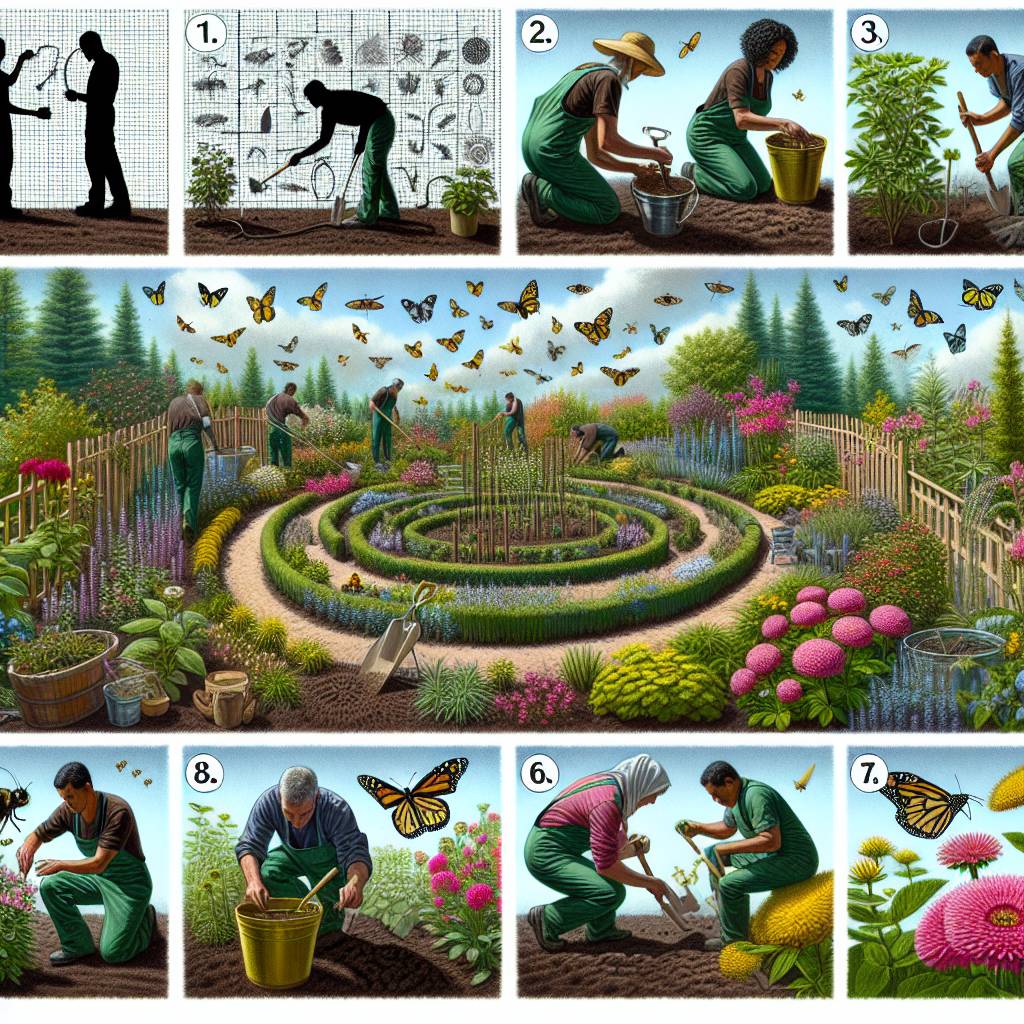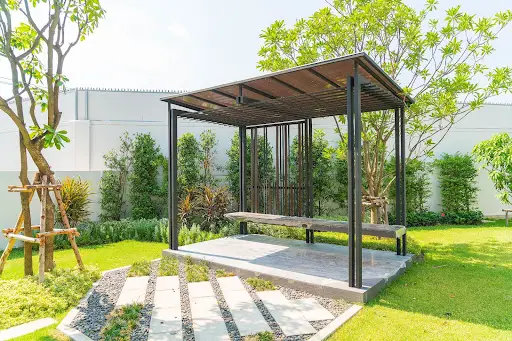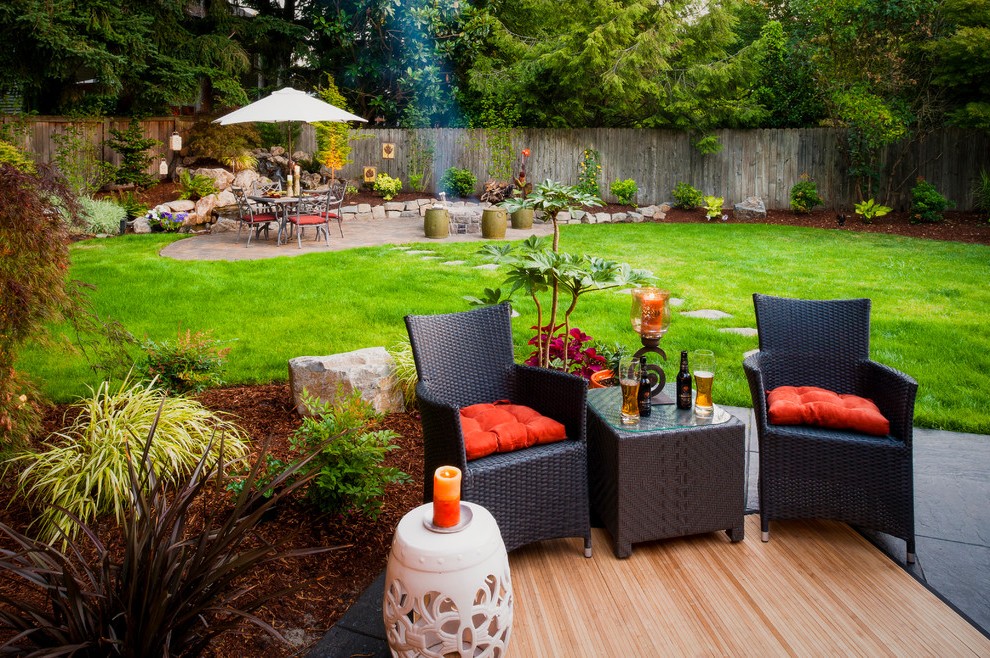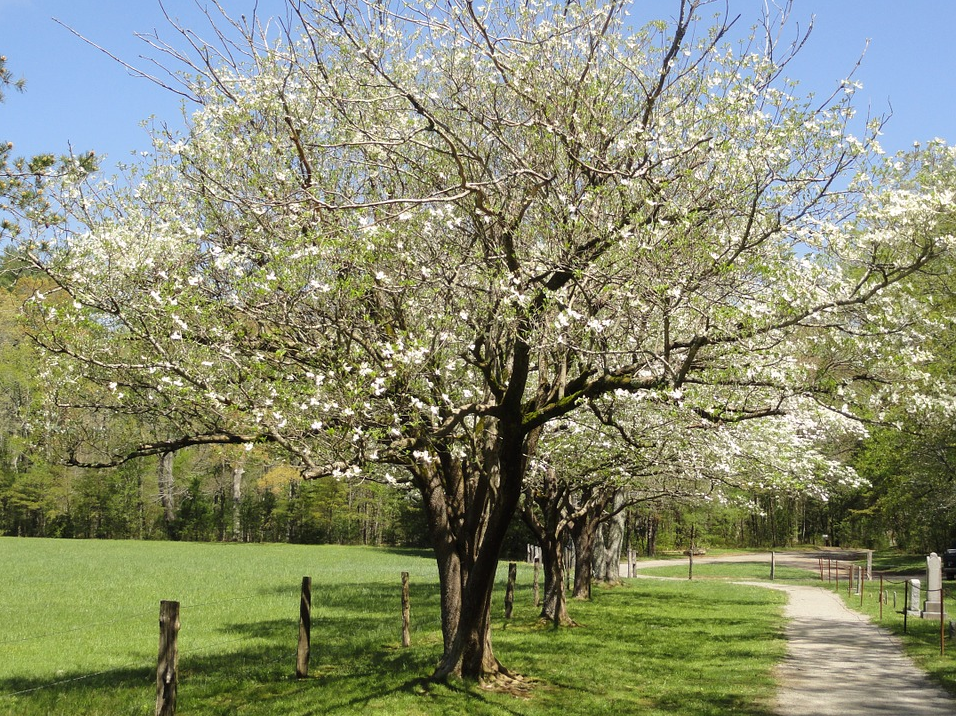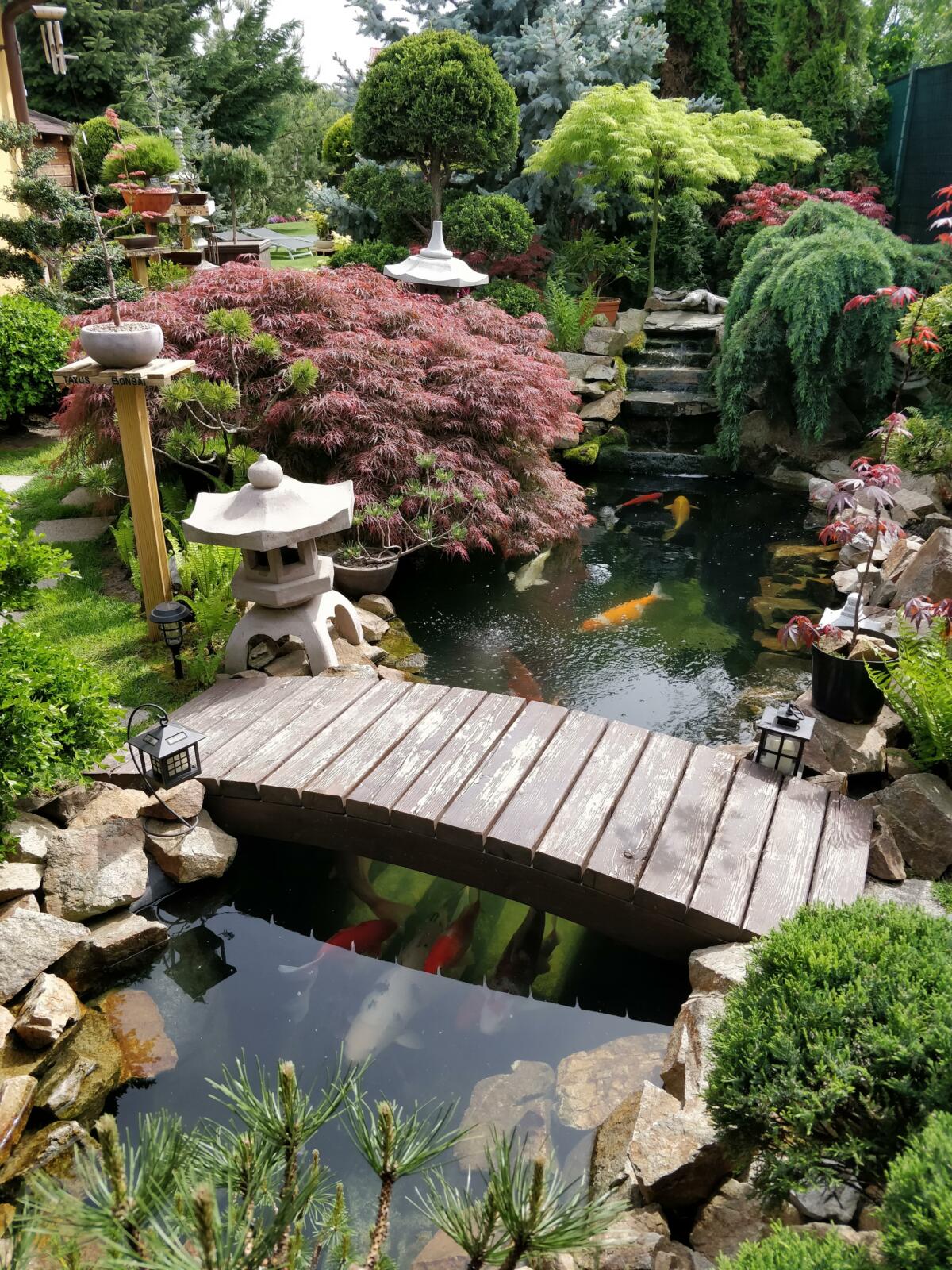Want to transform your garden into a vibrant oasis buzzing with life? Creating a pollinator-friendly garden is not only beneficial for the environment but also adds an enchanting touch to your outdoor space. From butterflies to bees, attracting these essential pollinators can be achieved through simple yet effective gardening practices. In this post, we’ll delve into the art of cultivating a haven for these vital creatures in a lawn or grassland and explore practical tips on selecting the right plants, providing nesting spaces, and maintaining a pesticide-free environment. Whether you’re an experienced gardener or just starting out, this guide will equip you with everything you need to know about fostering a flourishing ecosystem in your own backyard.
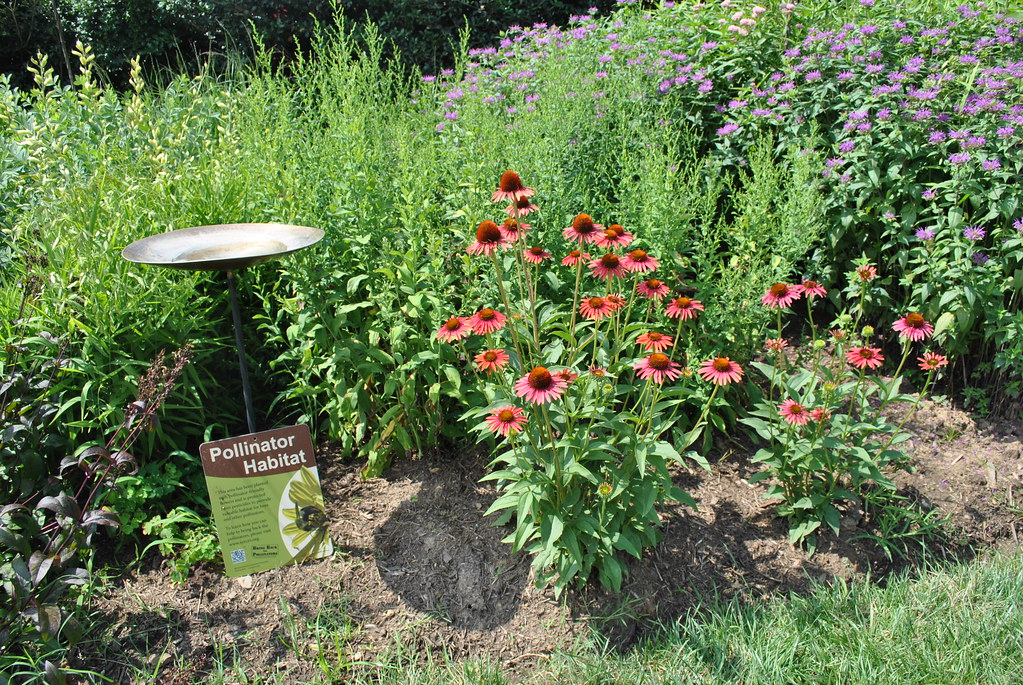
Key Takeaways
- Create a pollinator-friendly garden: Understanding the importance of pollinator gardens and designing a layout that includes native plants, variety, resting areas, and sustainable practices is crucial for attracting and supporting pollinators.
- Select native plants: Choose native plants to attract and support local pollinators, and ensure a three-season bloom to provide continuous food sources for them.
- Provide resting and nesting areas: Integrating resting and nesting areas in your garden will help provide shelter and encourage pollinators to stay and thrive.
- Minimize chemical usage: By minimizing chemical usage in your garden, you can protect the health of pollinators and create a safer environment for them.
- Incorporate water features: Including water features and efficient irrigation in your garden can provide essential hydration for pollinators.
- Embrace sustainable gardening practices: Embracing sustainable gardening practices is not only beneficial for the environment but also essential for creating a thriving pollinator habitat.
Understanding the Importance of Pollinator Gardens
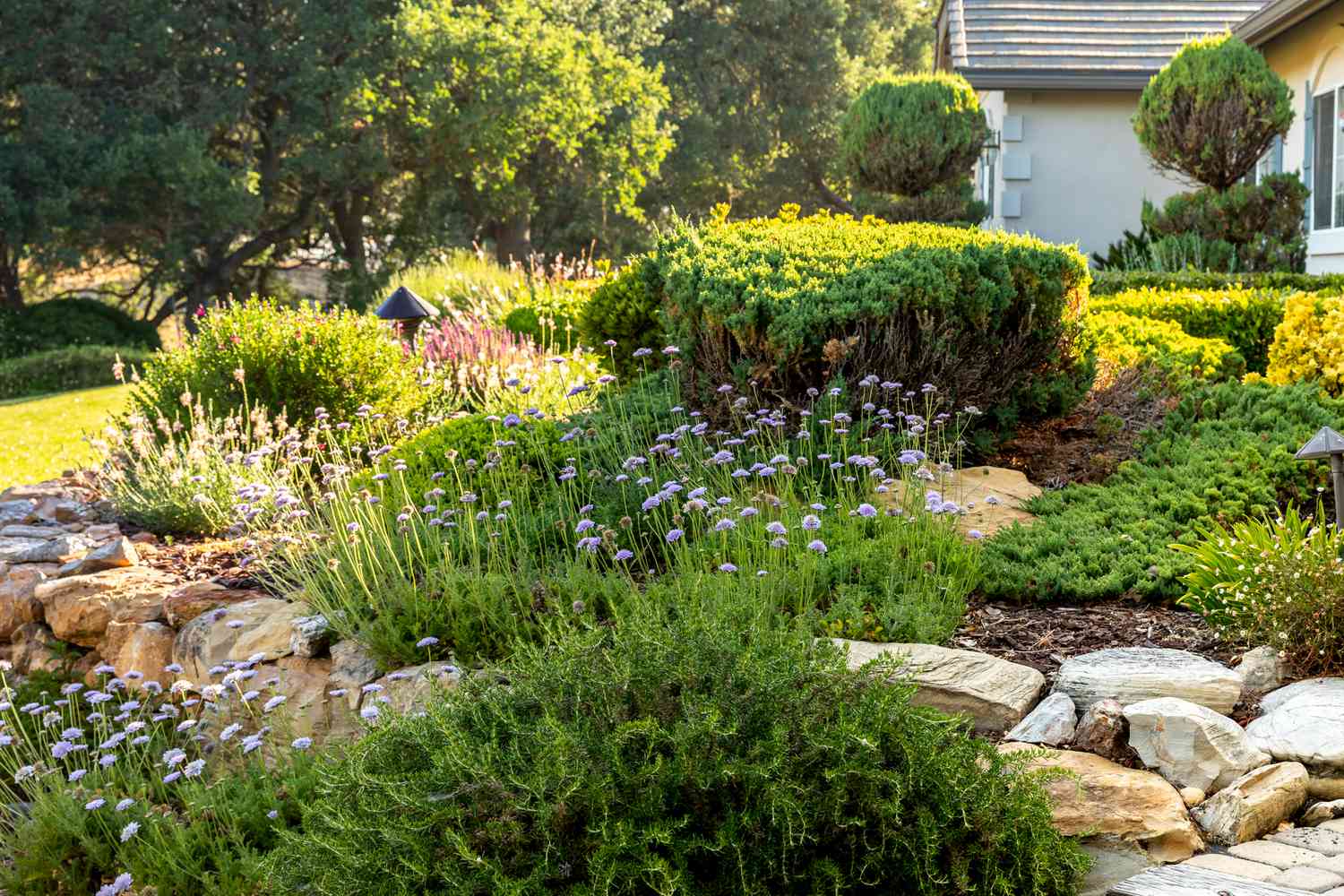
Supporting Local Ecosystems
Pollinator gardens play a crucial role in supporting the health and diversity of local ecosystems. By providing a habitat rich in nectar and pollen-producing plants, these gardens attract various pollinators such as bees, butterflies, and birds. As these pollinators move from flower to flower in search of food, they inadvertently transfer pollen grains, enabling plants to reproduce. This process is essential for the survival of many plant species and contributes to maintaining a balanced ecosystem.
Creating a garden that specifically caters to the needs of pollinators ensures that there is a continuous supply of food sources for them throughout their active seasons. In turn, this helps sustain healthy populations of pollinators within the surrounding environment. By promoting biodiversity through pollinator-friendly gardens, it becomes possible to support other wildlife species that rely on these plants for sustenance or shelter.
Protecting Endangered Pollinator Species
The decline in pollinator populations, including certain bee species and butterflies, has raised concerns about potential impacts on global food production and ecological stability. Creating a pollinator-friendly garden can contribute significantly to protecting endangered pollinator species by offering them safe havens where they can thrive without being exposed to harmful pesticides or lack of suitable habitats.
By planting native flowering plants that are well-suited for specific types of pollinators, individuals can actively participate in conservation efforts aimed at safeguarding vulnerable species from further decline. For instance, incorporating milkweed into your garden provides monarch butterflies with an essential source of nourishment during their migration journeys while also serving as breeding grounds for their offspring.
Enhancing Garden Productivity
In addition to benefiting local ecosystems and wildlife conservation efforts, establishing a pollinator-friendly garden offers practical advantages for individual gardeners as well. The presence of abundant pollinators attracted by the diverse array of blooming flowers contributes directly to enhancing the productivity and overall health of home gardens.
For example:
- Fruit-bearing trees may experience increased fruit set due to improved cross-pollination facilitated by visiting bees.
- Vegetable crops like tomatoes or cucumbers benefit from enhanced pollination rates resulting in larger yields.
- Ornamental flowers display more robust growth patterns when effectively pollinated by visiting insects.
Designing a Pollinator-Friendly Garden Layout
Easy Movement
Creating a pollinator-friendly garden involves designing a layout that ensures easy movement for the pollinators. This means leaving enough space between plants to allow bees, butterflies, and other pollinators to move freely without obstruction. By providing clear pathways and open spaces, you can make it easier for these beneficial insects to navigate through your garden as they search for nectar and pollen.
When planning your garden layout, consider the flight patterns of different pollinators. For instance, bees tend to fly in straight lines, so having long stretches of one type of flower will attract them more effectively than scattered patches. Similarly, butterflies prefer areas with clusters of colorful flowers where they can land easily and feed.
Diverse Habitats
Incorporating different heights and layers in your garden is essential for providing diverse habitats for pollinators. This includes planting tall flowers like hollyhocks or sunflowers at the back of borders or against walls to create sheltered spots for insects seeking refuge from wind or predators.
Low-growing plants such as creeping thyme or alyssum offer ground-level opportunities for smaller insects while also acting as living mulch to retain moisture in the soil. Adding shrubs or small trees provides nesting sites and protection from adverse weather conditions – crucial elements in supporting healthy populations of pollinators within your garden.
Grouping plants together based on their heights creates microclimates that cater to various species’ needs while also enhancing visual appeal by adding depth and dimensionality to your garden landscape.
Attractive Feeding Areas
Another key aspect of creating a pollinator-friendly layout is grouping plants together to form attractive feeding areas for pollinators. Clustering several varieties of the same plant species allows pollinators easy access to multiple food sources within close proximity.
For example:
- Planting an assortment of lavender cultivars near each other not only creates an eye-catching display but also serves as a concentrated buffet for bees.
- Creating “pollinator islands” by clustering bee-friendly herbs like basil, oregano, and mint together makes it convenient for both herb-loving pests controllers (predatory wasps) and honeybees looking for nectar sources.
Selecting Native Plants for Pollinator Attraction
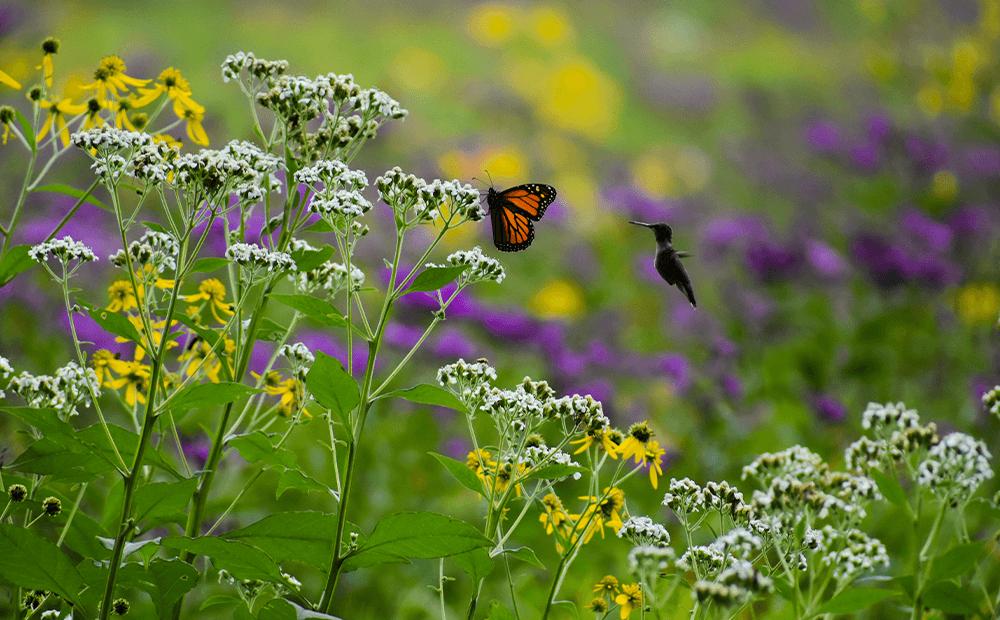
Importance of Native Plants
Native plants play a crucial role in attracting native pollinators to your garden. These plants have evolved alongside local pollinators and are well-suited to the regional climate. By choosing native species, you provide familiar food sources for the indigenous pollinators, supporting their survival and reproduction.
When selecting plants for your garden, it’s important to consider the benefits that native plants offer. Unlike non-native or ornamental plants, native species require less maintenance, as they are already adapted to the local environment. This means they generally need less water, fertilizer, and pesticides compared to exotic varieties.
Variety of Flowering Plants
To create a thriving habitat for native pollinators, it’s essential to choose a diverse range of flowering plants that bloom at different times throughout the year. This ensures that there is a continuous supply of nectar and pollen available for pollinators across all seasons.
For instance, early-blooming flowers like wild geraniums can provide sustenance for bees emerging from hibernation in spring when food sources may be scarce. Later in summer or fall, asters and goldenrods can serve as vital nectar sources before winter arrives.
Research has shown that planting a mix of flowers with varying shapes, sizes, colors, and scents increases the likelihood of attracting diverse groups of pollinating insects such as bees, butterflies, moths, and hummingbirds.
Specific Plant Selection
Before deciding on which specific native plants to include in your garden design plan research which ones are most attractive to particular types of pollinator species found in your area. For example:
- If you’re aiming to attract monarch butterflies (Danaus plexippus), consider incorporating milkweed (Asclepias spp.), which serves as their primary larval host plant.
- For bumblebees (Bombus spp.), options like bee balm (Monarda spp.) or penstemon could be excellent choices due to their tubular-shaped flowers suited for these insects’ feeding habits.
- To entice hummingbirds into your garden space red-flowering currant (Ribes sanguineum) or trumpet honeysuckle (Lonicera sempervirens) might be ideal selections due to their vibrant blooms favored by these birds.
Maximizing Plant Variety for a Three-Season Bloom
Diverse Plant Species
Including a diverse range of plant species in your garden is crucial for creating a pollinator-friendly environment. By selecting various types of plants, you can provide a continuous food source for pollinators throughout the year. This diversity ensures that there is always something blooming in your garden, offering sustenance to different pollinator species.
For instance, planting early spring bloomers like crocuses and hyacinths will cater to the needs of emerging pollinators after winter. As the season progresses into summer, flowers such as bee balm and coneflowers can take over, providing nectar and pollen during this time. Finally, fall-blooming plants like asters and goldenrods become essential food sources as other flowers start to fade away.
Varying Flower Shapes and Colors
Incorporating plants with varying flower shapes and colors is another key aspect of creating a thriving habitat for pollinators. Different species of bees, butterflies, and other insects are attracted to specific shapes and colors of flowers. For example:
- Bees are drawn to blue, purple, yellow, or white blooms.
- Butterflies are fond of red or pink blossoms with flat surfaces.
- Hummingbirds are most enticed by tubular-shaped flowers in shades of red or orange.
By including an assortment of flower shapes (such as clusters versus single petals) and colors (like blues alongside yellows), you can attract a wide variety of pollinator species to your garden.
To summarize:
- A diverse array of plant species supports continuous nourishment for pollinators across all seasons.
- Selecting plants with varied bloom times—early spring through fall—ensures consistent support for these vital creatures.
- Including plants with different flower shapes and colors attracts a broad spectrum of beneficial insect species.
Integrating Resting and Nesting Areas for Pollinators
Providing Sheltered Spots
Creating a pollinator-friendly garden involves providing sheltered spots where pollinators can rest and seek refuge from predators or harsh weather conditions. This can be achieved by incorporating shrubs or trees in the garden. These provide safe havens for pollinators to take breaks, especially during extreme weather conditions. For example, planting dense shrubs like lilac or flowering trees such as crabapple can offer protection and resting places for bees, butterflies, and other beneficial insects.
Including features like dead wood or hollow stems in the garden is crucial to create nesting sites for solitary bees and other beneficial insects. These natural materials serve as ideal locations for bees to lay their eggs and raise their young ones. By leaving patches of bare ground or leaf litter untouched within the garden, you’re also providing potential nesting areas for ground-nesting bees. These areas are essential for supporting diverse bee populations that contribute significantly to pollination.
Supporting Various Insects
Integrating resting and nesting areas into your pollinator-friendly habitat not only benefits bees but also supports various other insect species critical to maintaining a healthy ecosystem. The presence of these elements will attract an array of beneficial insects such as ladybugs, lacewings, hoverflies, and parasitic wasps which help control pest populations naturally without the need for harmful chemicals.
Moreover, creating nesting sites within your garden encourages native birds to visit regularly since they feed on many insect species found there. This promotes a balanced ecosystem where birds thrive due to the availability of food sources while contributing positively by keeping pest populations under control.
Minimizing Chemical Usage for Pollinator Health
Avoid Harmful Chemicals
When creating a pollinator-friendly garden, it’s crucial to avoid using pesticides and herbicides that can harm or kill pollinators. These chemicals can have detrimental effects on the health and population of essential pollinating insects like bees, butterflies, and other beneficial bugs. Instead of resorting to chemical solutions, consider utilizing natural methods to protect your plants from pests.
Organic Pest Control Methods
Opt for organic pest control methods, such as companion planting or handpicking pests. Companion planting involves growing certain plants together to naturally repel pests or attract beneficial insects. For example, planting marigolds alongside vegetables can deter harmful nematodes in the soil. Handpicking pests off plants is an effective way to control small infestations without resorting to chemical sprays.
Encourage natural predators like ladybugs and lacewings to control pest populations in your garden. These helpful insects feed on common garden pests such as aphids, mites, and caterpillars without causing any harm to the environment or other wildlife present in your garden. By promoting a healthy ecosystem within your garden space, you can minimize the need for chemical interventions while maintaining a balanced environment for both plants and pollinators.
Incorporating Water Features and Efficient Irrigation
Providing a Water Source
Creating a pollinator-friendly garden involves providing a reliable water source for the visiting bees, butterflies, and other beneficial insects. A shallow birdbath or small pond can serve as an inviting oasis for these pollinators to drink from and bathe in. This not only supports their hydration needs but also contributes to the overall ecosystem health by attracting a diverse range of species.
To illustrate, imagine a serene birdbath nestled amidst your blooming flowers, where colorful butterflies flutter down to sip on the fresh water while bees take turns quenching their thirst. This simple addition not only enhances the visual appeal of your garden but also nurtures an environment that fosters biodiversity.
Implementing Efficient Irrigation Methods
In creating a pollinator-friendly garden, it’s crucial to use irrigation methods that prioritize water conservation and targeted hydration for plants. Drip irrigation systems or soaker hoses are excellent choices as they deliver water directly to the base of plants, minimizing wastage through evaporation or runoff. By ensuring that each plant receives just the right amount of moisture it needs, these systems contribute to both plant health and resource efficiency.
Consider this: instead of drenching your entire lawn with sprinklers where much of the water is lost due to evaporation or runoff, drip irrigation allows you to efficiently provide essential moisture directly to individual plants’ root zones. This method not only conserves resources by minimizing unnecessary water usage but also ensures that every drop goes exactly where it’s needed most—benefiting both your plants and visiting pollinators.
Avoiding Overwatering Pitfalls
When striving towards creating a pollinator-friendly garden, it’s important to avoid overwatering practices that could inadvertently harm both plants and visiting wildlife. Overly saturated soil can lead to stagnant pools forming in low-lying areas—a breeding ground for mosquitoes which poses risks not only for humans but also disrupts the natural balance within your garden ecosystem.
Imagine diligently working on nurturing your beautiful flowerbeds only for them—and potentially visiting pollinators—to suffer due to standing water caused by excessive irrigation or rainwater accumulation. By being mindful about avoiding overwatering pitfalls such as these, you’re safeguarding both plant vitality and creating an environment conducive for thriving wildlife.
Embracing Sustainable Gardening Practices
Composting for Soil Enrichment
Composting kitchen scraps and yard waste is an excellent way to enrich the soil naturally. When you compost, you’re creating a nutrient-rich soil amendment that enhances the health of your garden. By breaking down organic matter like fruit and vegetable peels, eggshells, and grass clippings, you can create a rich compost that provides essential nutrients to your plants. This practice also reduces the amount of waste sent to landfills.
By incorporating mulch into your garden beds, you can effectively conserve moisture in the soil while suppressing weed growth. Mulching with materials such as shredded leaves or straw helps retain water in the soil by reducing evaporation. Moreover, it improves soil health by promoting beneficial microbial activity and preventing erosion.
Using Organic Fertilizers
Using organic fertilizers is crucial. Unlike synthetic fertilizers that may contain harsh chemicals detrimental to ecosystem balance, organic fertilizers are derived from natural sources such as animal manure or composted plant materials. These types of fertilizers release nutrients slowly over time and help enhance soil structure.
Organic fertilizers contribute to healthier soils by encouraging earthworms and other beneficial organisms vital for good garden health. They provide balanced nutrition for plants while improving overall soil fertility without causing harm to surrounding ecosystems.
Tips for Maintaining a Thriving Pollinator Habitat
Regular Monitoring
Regularly monitoring your garden is crucial to ensure a thriving pollinator-friendly environment. By keeping an eye out for signs of pests or diseases, you can take appropriate action before they become detrimental to the ecosystem. For instance, if you notice aphids on your plants, consider using natural predators like ladybugs instead of harmful pesticides. This helps maintain the delicate balance of your garden’s ecosystem without causing harm to beneficial insects.
It’s important to understand that embracing sustainable gardening practices isn’t just about creating a welcoming space for pollinators; it also involves being mindful of the overall health and well-being of your garden. By regularly checking for any issues and addressing them promptly with eco-friendly solutions, you’re contributing to the longevity and resilience of your pollinator habitat.
Deadheading Spent Flowers
Deadheading spent flowers is another essential practice in maintaining a flourishing pollinator-friendly garden. This process involves removing wilted or faded blooms from flowering plants. Doing so not only keeps your garden looking neat and tidy but also encourages continuous blooming throughout the season.
By deadheading flowers, you help prolong the availability of nectar and pollen, providing an uninterrupted food source for visiting pollinators such as bees and butterflies. For example, when you remove spent blossoms from plants like lavender or coneflowers, it stimulates new growth and promotes more flower production—a win-win situation for both the plant’s vitality and its role in supporting local pollinators.
Cleaning Bird Feeders and Water Sources
In addition to tending to plant life, it’s equally important to maintain other elements within your pollinator habitat, such as bird feeders, water sources, and nesting boxes. Regular cleaning ensures these components remain safe havens rather than potential breeding grounds for diseases that could harm local wildlife.
For instance, stagnant water in birdbaths can become a breeding site for mosquitoes if left unattended—posing health risks not only to birds but also humans nearby. Similarly, dirty bird feeders can harbor bacteria that may affect avian visitors negatively. Therefore, by routinely cleaning these features using mild soap or vinegar solutions—without harsh chemicals—you contribute significantly towards upholding a healthy environment where all inhabitants thrive harmoniously.
Closing Thoughts
You’ve now learned the key elements of creating a pollinator-friendly garden. By understanding the importance of these gardens, designing the layout, selecting native plants, and embracing sustainable practices, you’re well-equipped to make a positive impact on pollinator populations. Remember, it’s not just about creating a beautiful garden; it’s about providing a safe haven for essential pollinators. Now, go out there and put your newfound knowledge into action. Whether you have a small balcony or a vast backyard, every effort counts in supporting our precious pollinators.
Frequently Asked Questions
What are the benefits of creating a pollinator-friendly garden?
Creating a pollinator-friendly garden helps support biodiversity, improves crop yields, and enhances the beauty of your outdoor space. By attracting bees, butterflies, and other pollinators, you contribute to the health of ecosystems while enjoying a vibrant and thriving garden.
How can I select native plants for my pollinator-friendly garden?
When selecting plants for your garden, opt for native species that are well-suited to your local climate and soil conditions. Native plants provide essential food sources for local pollinators and require less maintenance compared to non-native varieties.
What are some sustainable gardening practices I can embrace in my pollinator-friendly garden?
You can incorporate sustainable gardening practices by using organic fertilizers, minimizing water usage through efficient irrigation methods like drip systems, avoiding chemical pesticides, and composting organic waste from your garden. These practices not only benefit the environment but also promote healthier habitats for pollinators.
How do water features contribute to a thriving pollinator habitat?
Water features such as birdbaths or small ponds provide essential hydration for both pollinators and other wildlife in your garden. They create a welcoming environment that supports diverse species while adding an aesthetic element to your outdoor space.
What tips can help me maintain a flourishing pollinator habitat in my garden?
Regularly monitor plant health, remove invasive species that may compete with native plants or disrupt the ecosystem balance, avoid excessive pruning during peak blooming seasons, and stay informed about best practices through resources provided by local gardening associations or environmental organizations.
